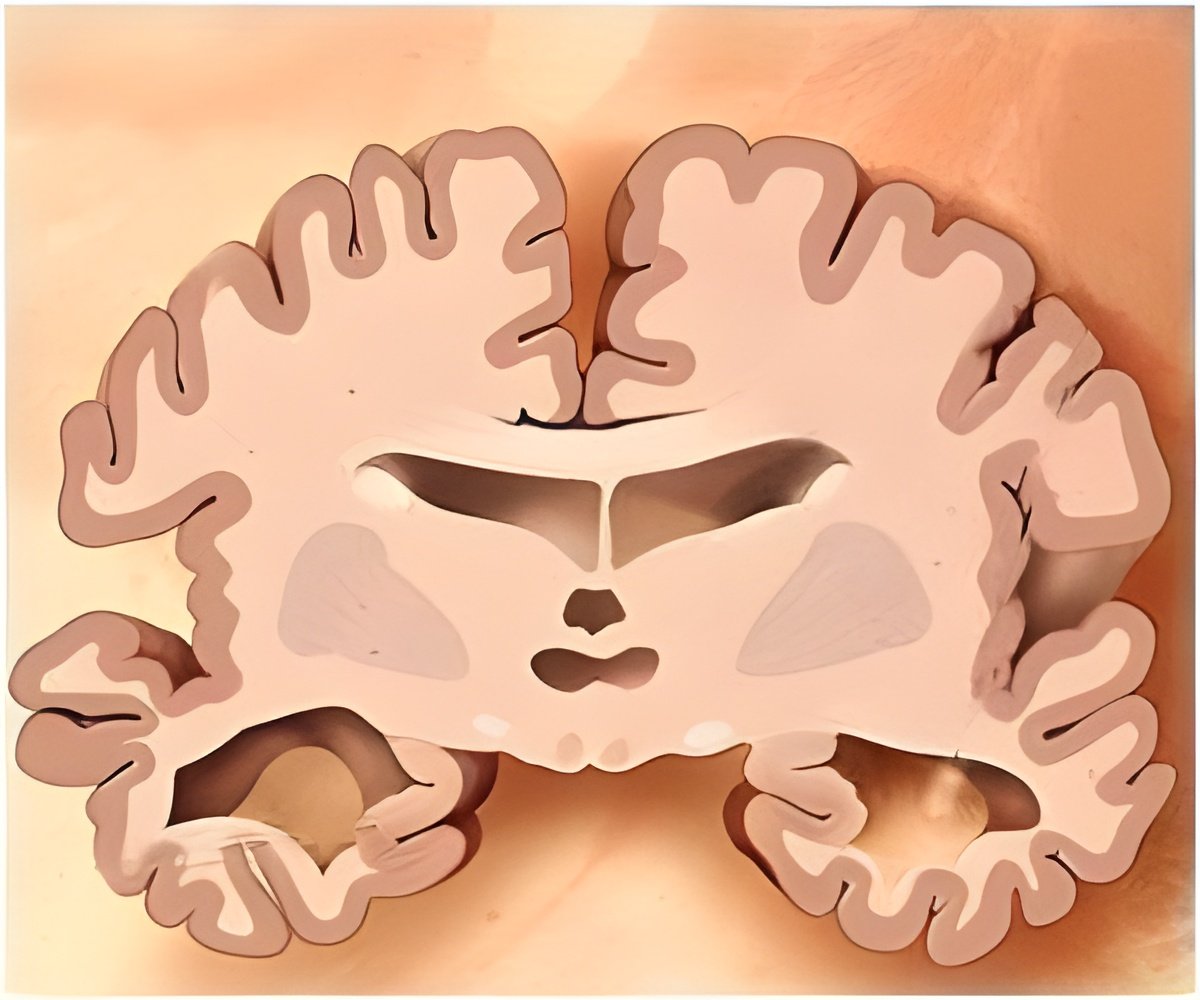
For instance, when aluminum was added to mouse cortical neurons grown in cell culture, the cells began to die. By adding inhibitors of apoptosis (zVAD-fmk), of autophagy (3-methyladenin, 3-MA), or of necroptosis (necrostatin-1, Nec-1), investigators showed that all treatments enhanced cell viability although Nec-1 demonstrated the strongest protection. Using fluorescent microscopy, in which surviving neural cells stain green, apoptotic cells stain orange, and necrotic cells stain red, the investigators demonstrated Al-induced cell death as well as dose-dependent reduction of necroptosis with Nec-1.
When aluminum was injected into the cerebral ventricles of living mice, brain tissue analysis revealed shrunken and abnormal-looking neurons. When Nec-1 was injected simultaneously with aluminum into the ventricles, more surviving neurons could be seen, especially when higher doses of Nec-1 were used. When the investigators measured cell death-related proteins in the brain, a marker protein of necroptosis known as RIP1 showed the most changes, compared to marker proteins of apoptosis or autophagy. Similar findings were found for Alzheimer-related proteins: aluminum exposure increased the expression of mGluR2, mGluR5, Aβ, and Tau levels while Nec-1 treatment resulted in dose-dependent reductions of these protein levels.
Noting that "progressive cell loss in specific neuronal populations associated with typical learning and memory dysfunction is a pathological hallmark of neurodegenerative disorders, especially in AD," principal investigator Qiao Niu, MD, PhD, Director, Department of Occupational Health and Director, Institute of Preventive Medicine, Shanxi Medical University, and the team evaluated learning and memory in mice using the Morris Water Maze test. Al-treated mice performed poorly on the test and performance significantly improved if the mice were treated with Nec-1. Interestingly, if Nec-1 treatment was delayed for 2, 4, or 8 hours after the aluminum was introduced, Nec-1 had a protective effect less than simultaneous administration. Impaired cognitive performance was also correlated with reduced mGluR2 and mGluR5 protein in the cortex. "Nec-1, in addition to its use as a therapeutic agent for cell death, might therefore be of use in slowing the progression of the cognitive deficits associated with neuronal degeneration," says Dr. Niu.
The study demonstrates that Nec-1 may be useful for future prevention of and therapy for neurodegenerative disorders.
Advertisement









